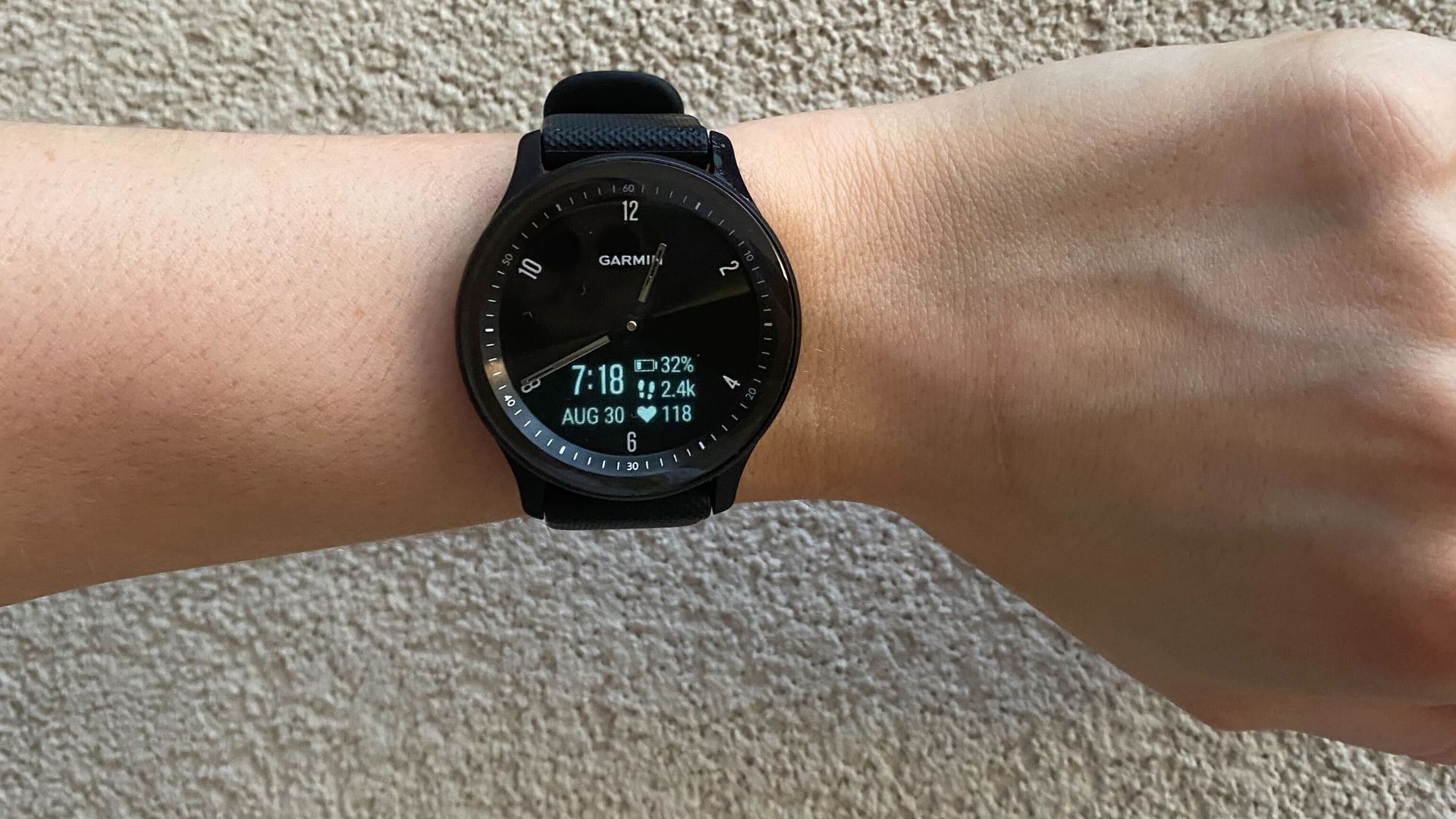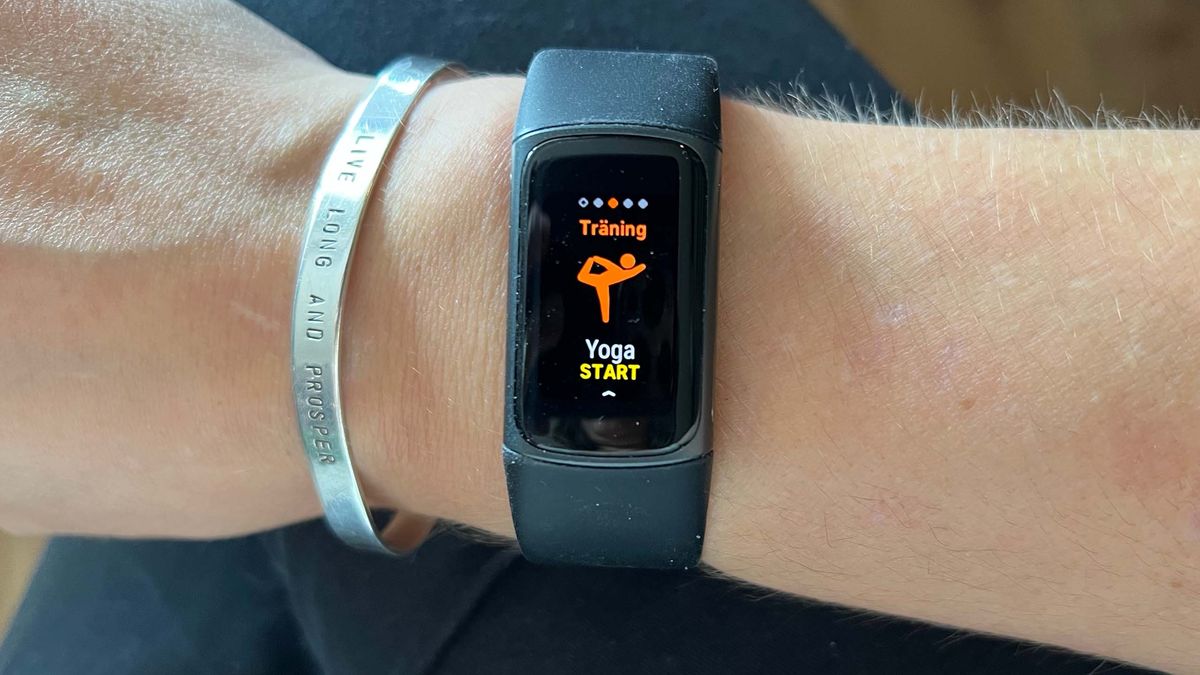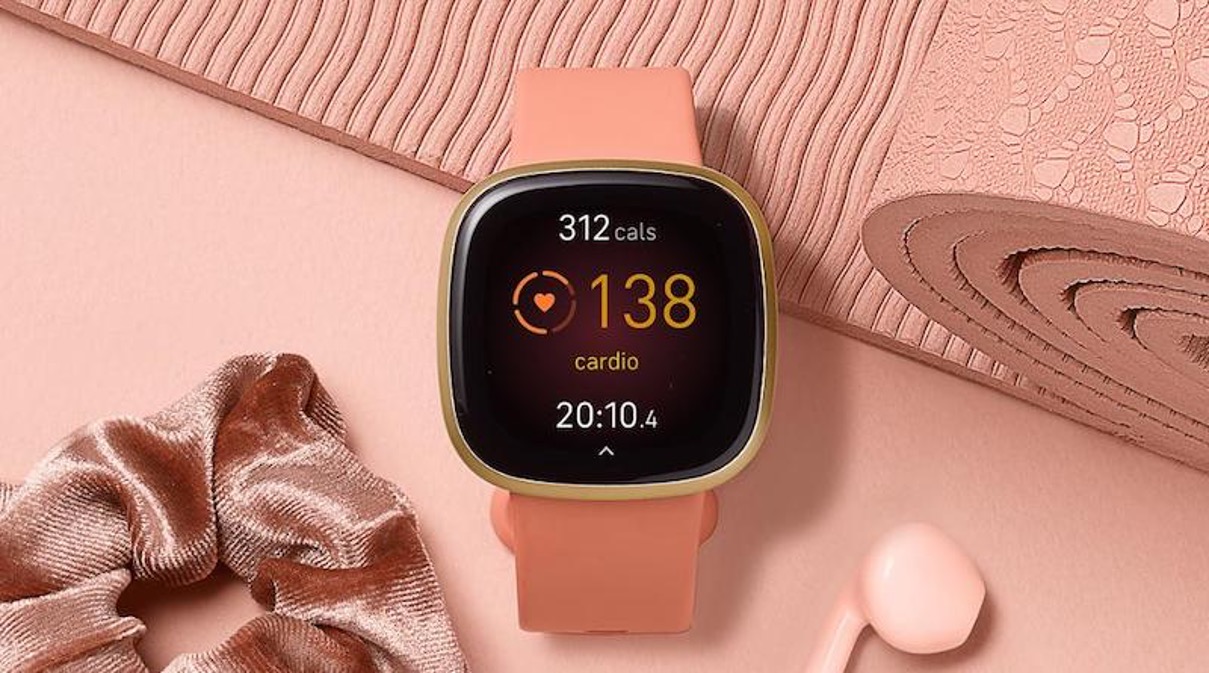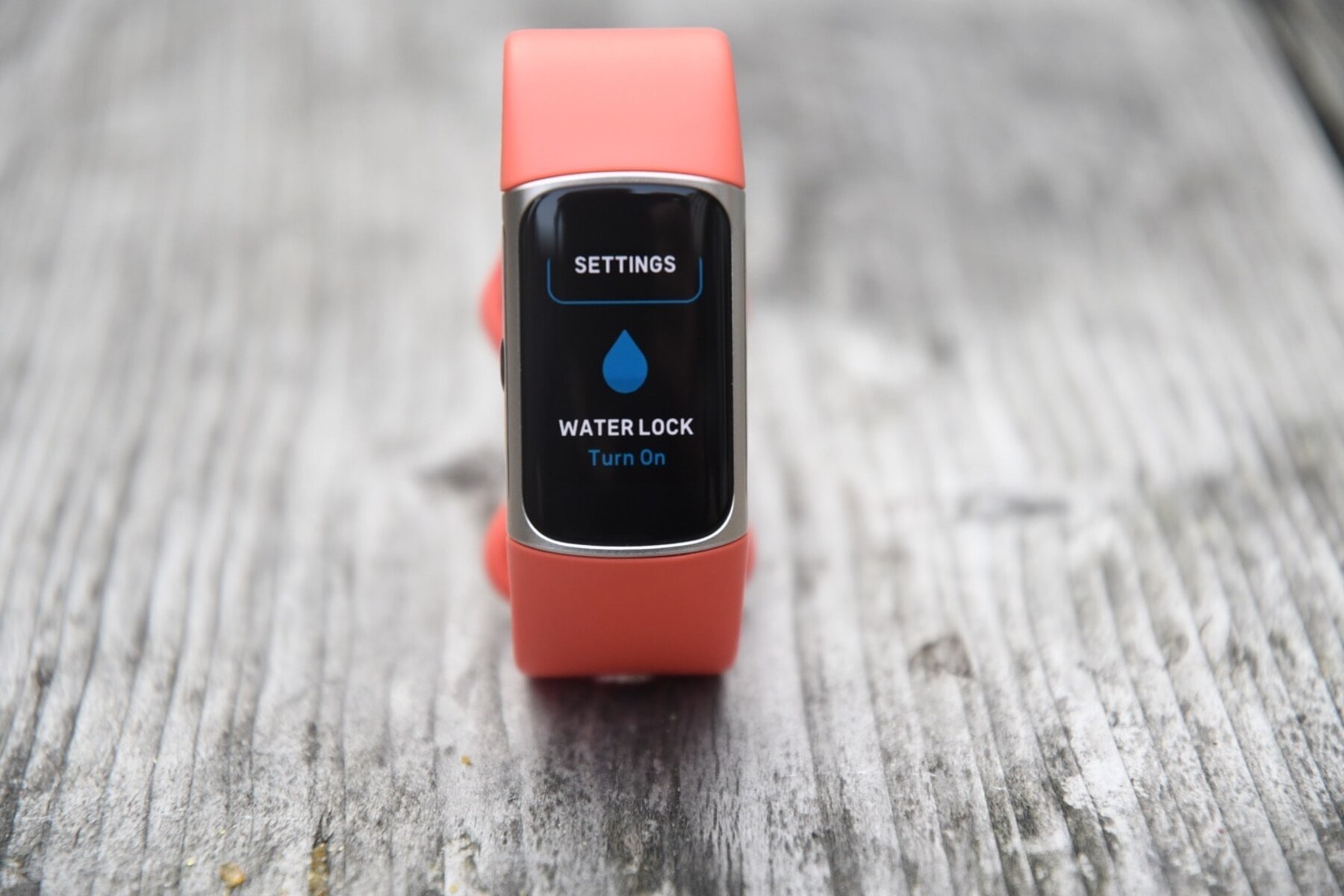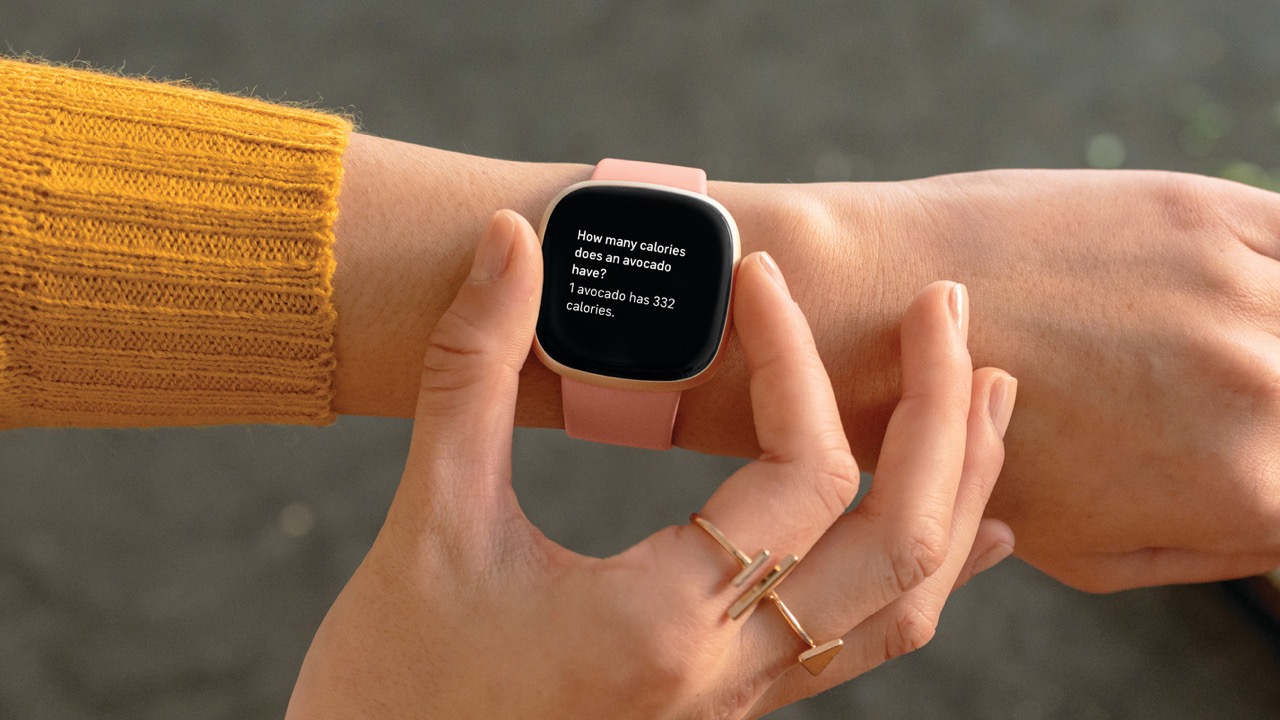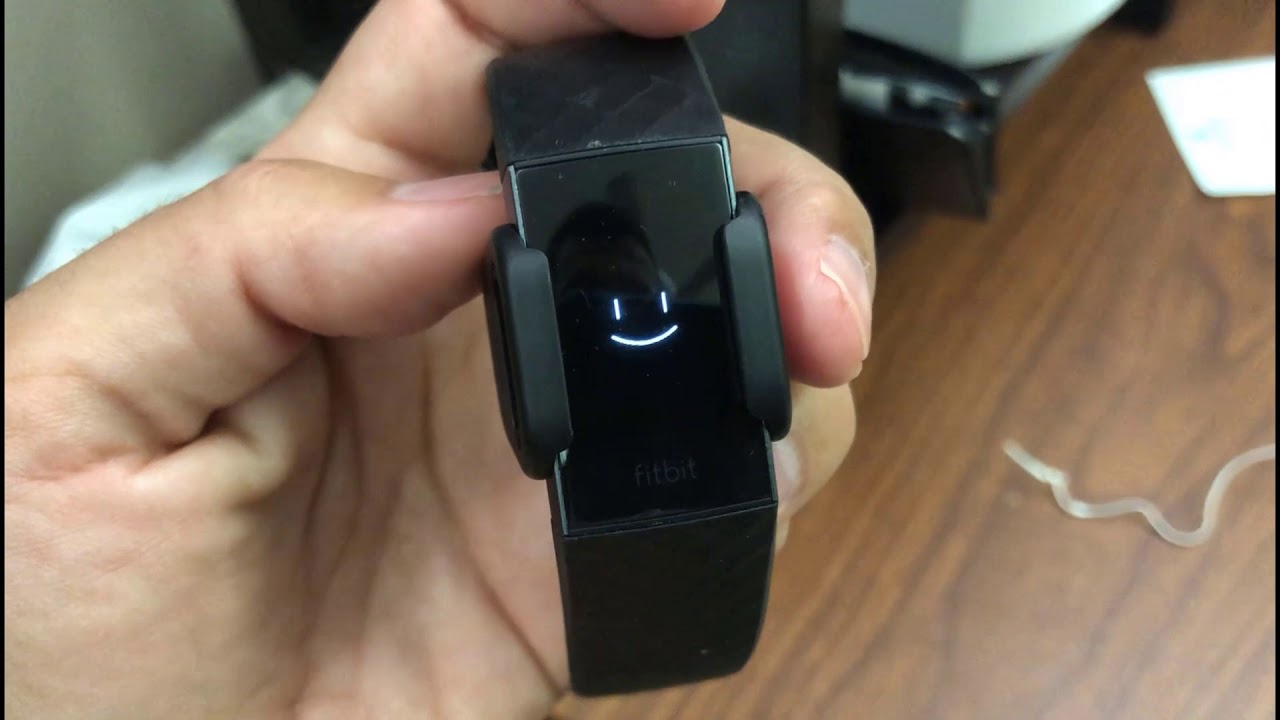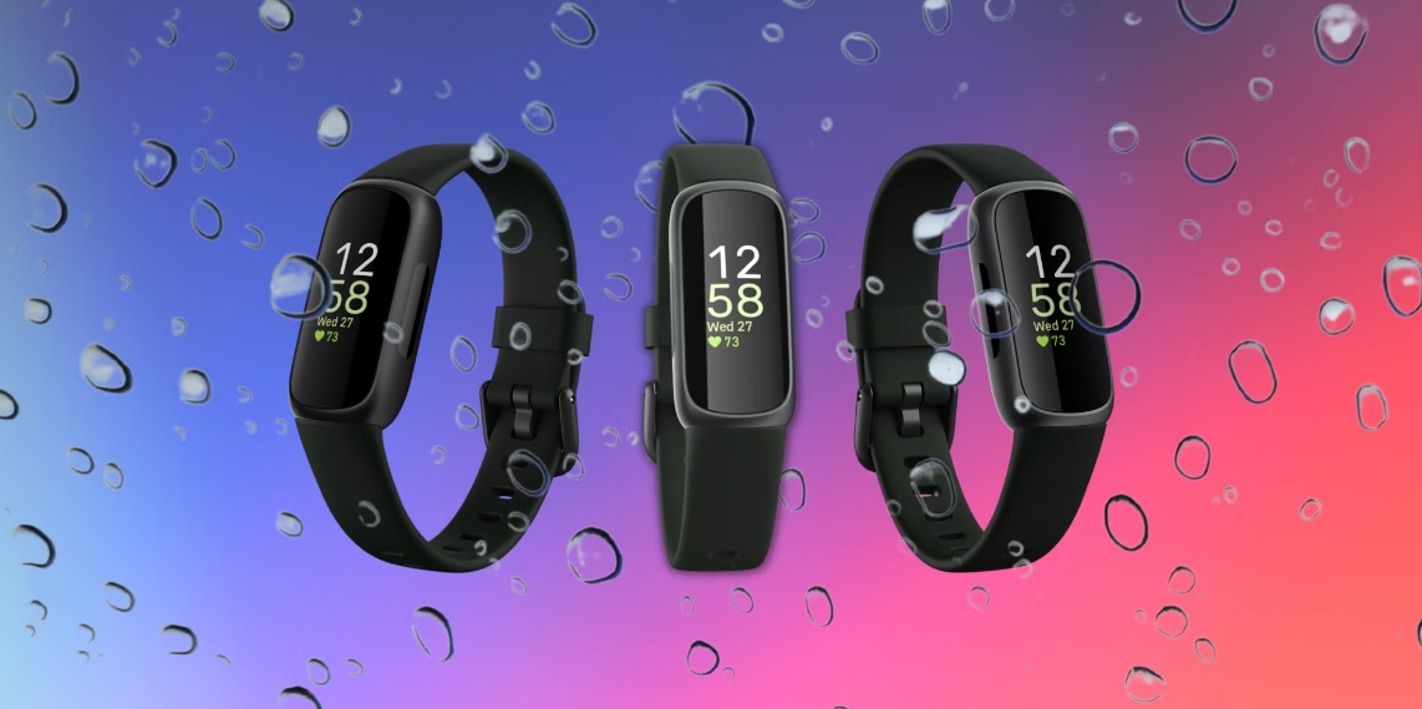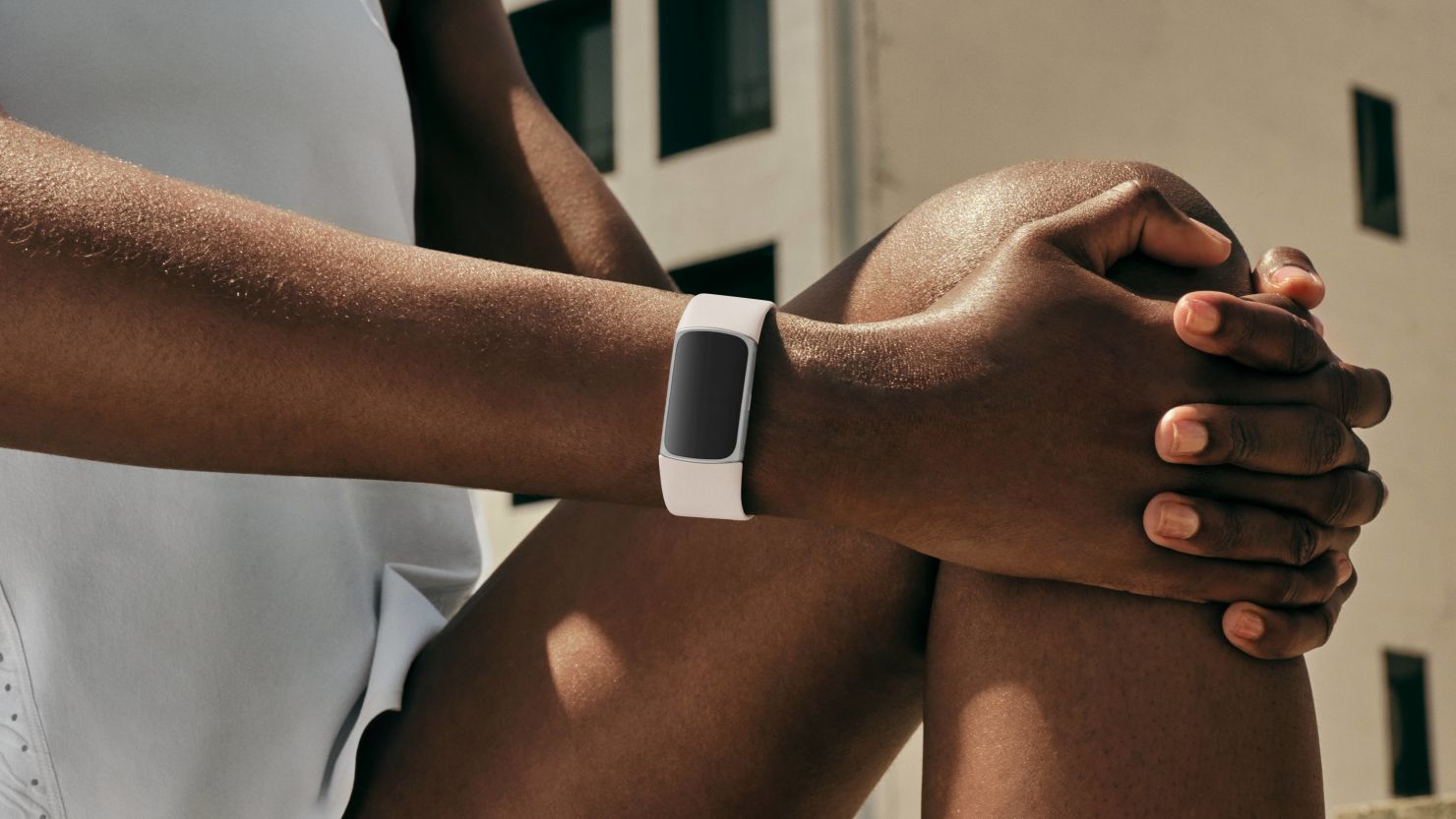Introduction
Swimming is a fantastic full-body workout that offers a plethora of health benefits, from improving cardiovascular endurance to toning muscles. In recent years, wearable technology has made significant strides in tracking swimming activities, providing swimmers with valuable insights into their performance and progress. Fitbit, a renowned name in the wearable industry, offers swimming tracking features in several of its devices. However, despite its advanced capabilities, Fitbit's swimming tracking functionality is not without its complexities and challenges.
In this comprehensive guide, we will delve into the intricacies of Fitbit's swimming tracking, shedding light on its mechanisms, common issues, and factors that can influence its accuracy. Whether you're a casual swimmer or a dedicated athlete, understanding how Fitbit tracks your swimming activities can empower you to make the most of this innovative technology.
Join us on this journey as we unravel the mysteries behind Fitbit's swimming tracking and equip you with the knowledge to optimize your experience in the water. Let's dive in and explore the fascinating world of wearable technology and swimming performance!
Understanding Fitbit's Swimming Tracking
Fitbit's swimming tracking is a sophisticated feature designed to monitor and analyze your swimming sessions, providing valuable data on metrics such as lap count, duration, distance covered, and calorie expenditure. This functionality is available in select Fitbit devices, catering to the needs of swimmers seeking to enhance their performance and track their aquatic workouts accurately.
Fitbit employs a combination of accelerometer and gyroscope sensors to detect and record your movements in the water. These sensors work in tandem to capture the nuances of your strokes, kicks, and turns, translating them into meaningful data points that offer insights into your swimming performance. By leveraging these sensors, Fitbit aims to deliver a comprehensive overview of your swimming activity, allowing you to assess your progress and set new goals with confidence.
Moreover, Fitbit's swimming tracking feature is designed to distinguish between different swimming styles, including freestyle, breaststroke, backstroke, and butterfly. This capability enables the device to provide specific feedback tailored to your chosen swimming technique, ensuring that you receive accurate and relevant performance metrics based on your unique swimming style.
In addition to stroke recognition, Fitbit's swimming tracking takes into account the intervals between your laps, allowing for precise measurement of rest periods and overall session duration. This attention to detail provides swimmers with a holistic view of their time in the water, empowering them to fine-tune their training regimens and optimize their swimming efficiency.
Furthermore, Fitbit's swimming tracking functionality is complemented by water resistance, ensuring that the device remains operational and accurate even when fully submerged. This resilience enables swimmers to focus on their technique and performance without worrying about the impact of water exposure on their wearable device.
Overall, Fitbit's swimming tracking is a testament to the brand's commitment to delivering comprehensive fitness monitoring solutions. By harnessing advanced sensor technology and swim-specific algorithms, Fitbit endeavors to provide swimmers with a reliable and insightful tool for tracking their aquatic endeavors, ultimately enhancing their overall fitness journey.
Common Issues with Fitbit's Swimming Tracking
While Fitbit's swimming tracking feature offers a wealth of benefits, it is essential to acknowledge the common challenges and limitations that users may encounter. Understanding these issues can help swimmers manage their expectations and make informed decisions when utilizing Fitbit devices for swimming activities.
-
Inaccurate Lap Counting: One prevalent issue reported by users is the occasional discrepancy in lap counting. Fitbit devices may struggle to accurately detect and record individual laps, leading to inaccurate lap counts and skewed performance metrics. This can be frustrating for swimmers who rely on precise lap data to monitor their progress and set performance goals.
-
Limited Stroke Recognition: Despite its advanced capabilities, Fitbit's swimming tracking feature may exhibit limitations in recognizing and differentiating between various swimming strokes. This can result in generalized feedback that does not fully align with the nuances of each stroke, potentially impacting the accuracy of performance analysis and stroke-specific improvement.
-
Difficulty in Flip Turn Detection: Flip turns, a fundamental aspect of competitive swimming, pose a challenge for Fitbit devices in terms of consistent and reliable detection. Swimmers performing flip turns may notice discrepancies in the recorded data, leading to incomplete or inaccurate representations of their swimming sessions.
-
Water Resistance Performance: While Fitbit devices are designed to be water-resistant, some users have reported issues with water exposure affecting the accuracy of swimming tracking. Extended exposure to water or submersion at significant depths may compromise the functionality of the sensors, resulting in erratic data recording during swimming sessions.
-
Interference from Water Movement: The dynamic nature of water can introduce interference that impacts the precision of Fitbit's swimming tracking. Factors such as turbulent currents, splashing, and abrupt changes in water pressure can disrupt the sensors' ability to capture and interpret swimming movements accurately.
-
Challenges in Open Water Tracking: Fitbit's swimming tracking is primarily optimized for pool swimming, presenting challenges for users engaging in open water swimming activities. The absence of clear lane markers and the unpredictable nature of open water environments can affect the device's ability to track distance and provide consistent performance metrics.
Understanding these common issues with Fitbit's swimming tracking can empower users to adopt proactive strategies for mitigating potential inaccuracies and optimizing their swimming experience with Fitbit devices. In the following section, we will explore the factors that can influence the accuracy of Fitbit's swimming tracking and provide valuable tips for improving its performance reliability.
Factors Affecting Fitbit's Swimming Accuracy
Several factors can influence the accuracy of Fitbit's swimming tracking, impacting the device's ability to capture and analyze swimming activities effectively. Understanding these factors is crucial for swimmers seeking to optimize their experience with Fitbit devices and maximize the reliability of their swimming performance data.
-
Swimming Technique and Style: The nuances of individual swimming techniques and styles can pose challenges for Fitbit's swimming tracking. Variations in stroke mechanics, pacing, and underwater movements may affect the device's ability to consistently recognize and differentiate between different swimming styles, leading to potential discrepancies in performance metrics.
-
Wrist Placement and Motion: The positioning of the Fitbit device on the wrist and the associated motion during swimming can influence tracking accuracy. Inconsistent wrist movements, particularly during turns and underwater phases, may impact the device's ability to capture precise data, potentially resulting in incomplete or distorted performance metrics.
-
Water Conditions and Clarity: The clarity and turbulence of the water environment can affect the performance of Fitbit's swimming tracking. Murky or turbulent water conditions, prevalent in crowded or outdoor swimming settings, may introduce interference that hampers the sensors' ability to accurately capture and interpret swimming movements, leading to compromised tracking accuracy.
-
Device Calibration and Firmware Updates: Ensuring that the Fitbit device is properly calibrated and up to date with the latest firmware is essential for optimizing swimming tracking accuracy. Inaccurate calibration or outdated firmware may impact the device's sensor performance, potentially leading to inconsistencies in lap counting, stroke recognition, and overall tracking reliability.
-
Underwater Turns and Maneuvers: The execution of underwater turns, including flip turns and open turns, presents a unique challenge for Fitbit's swimming tracking. Inconsistencies in detecting and recording these maneuvers can result in inaccuracies in lap counting, session duration, and distance measurements, affecting the overall accuracy of performance data.
-
User-Specific Biomechanics: Individual variations in swimming biomechanics, including arm propulsion, kick intensity, and body positioning, can influence the device's ability to interpret and quantify swimming movements accurately. Fitbit's swimming tracking may need to account for diverse biomechanical patterns to ensure consistent and reliable performance analysis across a broad spectrum of swimmers.
By recognizing and addressing these factors, swimmers can proactively enhance the accuracy of Fitbit's swimming tracking, enabling them to leverage the full potential of their wearable device for comprehensive swimming performance monitoring. Additionally, incorporating the following tips can further optimize the reliability of Fitbit's swimming tracking, empowering swimmers to make informed decisions and track their aquatic workouts with confidence.
Tips for Improving Fitbit's Swimming Tracking Accuracy
-
Optimize Wrist Placement: Ensuring the proper placement of your Fitbit device on your wrist is crucial for accurate swimming tracking. Positioning the device securely above the wrist bone and maintaining consistent wrist movements can enhance the sensors' ability to capture precise swimming data.
-
Calibrate Your Device: Regularly calibrating your Fitbit device, especially before swimming sessions, can contribute to improved tracking accuracy. Following the manufacturer's calibration guidelines and ensuring that the device is calibrated for swimming activities can minimize potential discrepancies in lap counting and stroke recognition.
-
Update Firmware: Keeping your Fitbit device updated with the latest firmware is essential for optimizing its swimming tracking performance. Firmware updates often include enhancements to sensor algorithms and swimming-specific features, addressing potential tracking issues and improving overall accuracy.
-
Practice Consistent Stroke Technique: Focusing on maintaining consistent and well-defined stroke techniques can aid Fitbit's sensors in accurately recognizing and differentiating between various swimming styles. By refining your stroke mechanics, you can contribute to more precise performance data during swimming sessions.
-
Minimize Underwater Interruptions: Limiting abrupt underwater movements and ensuring smooth transitions during flip turns and underwater maneuvers can help mitigate potential disruptions in tracking accuracy. By minimizing sudden changes in wrist motion and ensuring fluid underwater turns, you can enhance the reliability of lap counting and session duration measurements.
-
Utilize Pool Length Settings: Leveraging the pool length settings on your Fitbit device can contribute to more accurate distance and lap tracking. Verifying and inputting the correct pool length in the device's settings ensures that distance measurements align with the actual dimensions of the pool, minimizing discrepancies in recorded data.
-
Review Post-Swim Data: After each swimming session, take the time to review the tracked data on your Fitbit device or associated app. Identifying any irregularities or inconsistencies in the recorded metrics allows you to assess the device's performance and make necessary adjustments for future swims.
-
Maintain Device Cleanliness: Regularly cleaning and maintaining your Fitbit device, especially the sensors and contact points, can optimize its performance in aquatic environments. Removing any debris or residue that may affect sensor functionality can contribute to more reliable swimming tracking.
By implementing these tips and proactive measures, swimmers can enhance the accuracy and reliability of Fitbit's swimming tracking, ensuring that their wearable device provides valuable and insightful data for monitoring and improving their aquatic workouts.
Conclusion
In the ever-evolving landscape of wearable technology, Fitbit has made significant strides in catering to the diverse needs of swimmers through its advanced swimming tracking feature. While the journey of unraveling the mysteries behind Fitbit's swimming tracking has unveiled both its capabilities and limitations, it is essential to recognize the immense potential it holds for enhancing the swimming experience.
Fitbit's commitment to leveraging accelerometer and gyroscope sensors for swim-specific tracking, along with its focus on stroke recognition and water resistance, underscores the brand's dedication to providing comprehensive fitness monitoring solutions for swimmers of all levels. The ability to capture essential metrics such as lap count, duration, distance covered, and stroke-specific feedback demonstrates Fitbit's endeavor to empower swimmers with valuable insights into their aquatic workouts.
However, as with any technological innovation, Fitbit's swimming tracking is not immune to challenges. Issues such as inaccurate lap counting, limited stroke recognition, and water resistance performance underscore the complexities of monitoring swimming activities in varying aquatic environments. These challenges, coupled with factors like swimming technique, wrist placement, and underwater maneuvers, highlight the need for proactive strategies to optimize the accuracy of Fitbit's swimming tracking.
Despite these challenges, the tips provided for improving Fitbit's swimming tracking accuracy serve as valuable tools for swimmers seeking to maximize the reliability of their wearable device. From optimizing wrist placement and practicing consistent stroke technique to leveraging pool length settings and reviewing post-swim data, these actionable steps empower swimmers to take control of their swimming tracking experience and enhance the precision of their performance data.
As we navigate the intricacies of Fitbit's swimming tracking, it is crucial to approach its utilization with a blend of technological awareness and practical insights. By acknowledging the common issues, understanding the factors influencing accuracy, and implementing proactive measures, swimmers can harness the full potential of Fitbit's swimming tracking, transforming their aquatic workouts into opportunities for growth and improvement.
In conclusion, the fusion of wearable technology and swimming performance monitoring represents a dynamic synergy that continues to evolve. Fitbit's foray into swimming tracking exemplifies the brand's dedication to delivering holistic fitness solutions, and with a deeper understanding of its intricacies, swimmers can embark on their aquatic journeys with confidence, armed with the knowledge to optimize their swimming experience and propel themselves toward their fitness goals.







